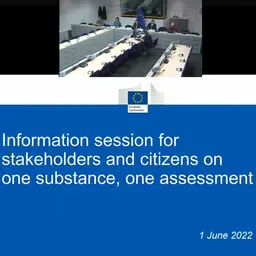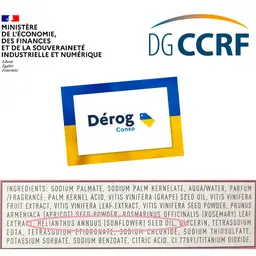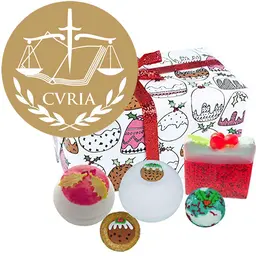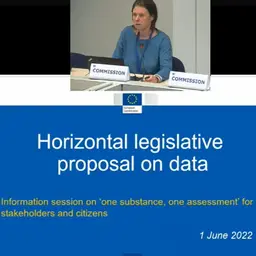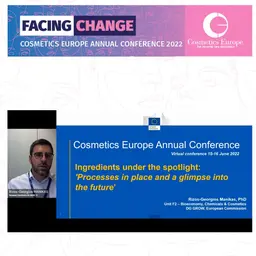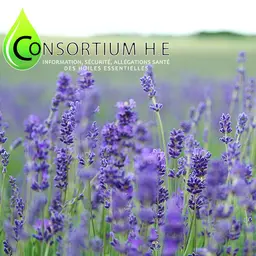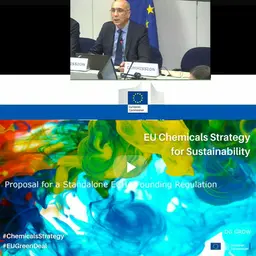
When doing their job, hairdressers, beauticians and nail prosthetists almost permanently use very specific cosmetic products. These long, repeated exposures can induce risks for their health, so as part of beauty product safety assessment, it is essential to take into account the professional use of certain skincare products and take particular protective measures in salons.
At the 15th annual Perfumes & Cosmetics Congress in Chartres, France, on November 15-16, 2017, Françoise Audebert (FEBEA’s Scientific & Regulatory Consultant), and Sophie Javelot (Cosmetics Safety Assessment Director of L’Oréal) provided an overview of the existing measures that help beauty workers do their jobs safely.
Regulatory framework
All cosmetics placed on the market should comply with the provisions of Cosmetics Regulation 1223/2009. They should be safe and not hazardous for human health: it is a basic principle.
To guarantee consumer safety and, by extension, that of professionals, several assessment levels are required.
• Tests on raw materials
First, the intrinsic properties of the ingredients should be studied and their toxicological profile determined based on analytical, in silico, in vitro, preclinical, and clinical data to deduce the dose effect and the NOAEL.
Exposure to raw materials is also measured according to the ingredient concentration in the product, the quantity applied, the target, and the conditioning, as well as the frequency, areas, and conditions of application. All these data help determine the SED (Systemic Exposure Dose) and are regularly reassessed by the SCCS.
• Tests on formulas and finished products
The formulas should first be tested in vitro to determine their …

